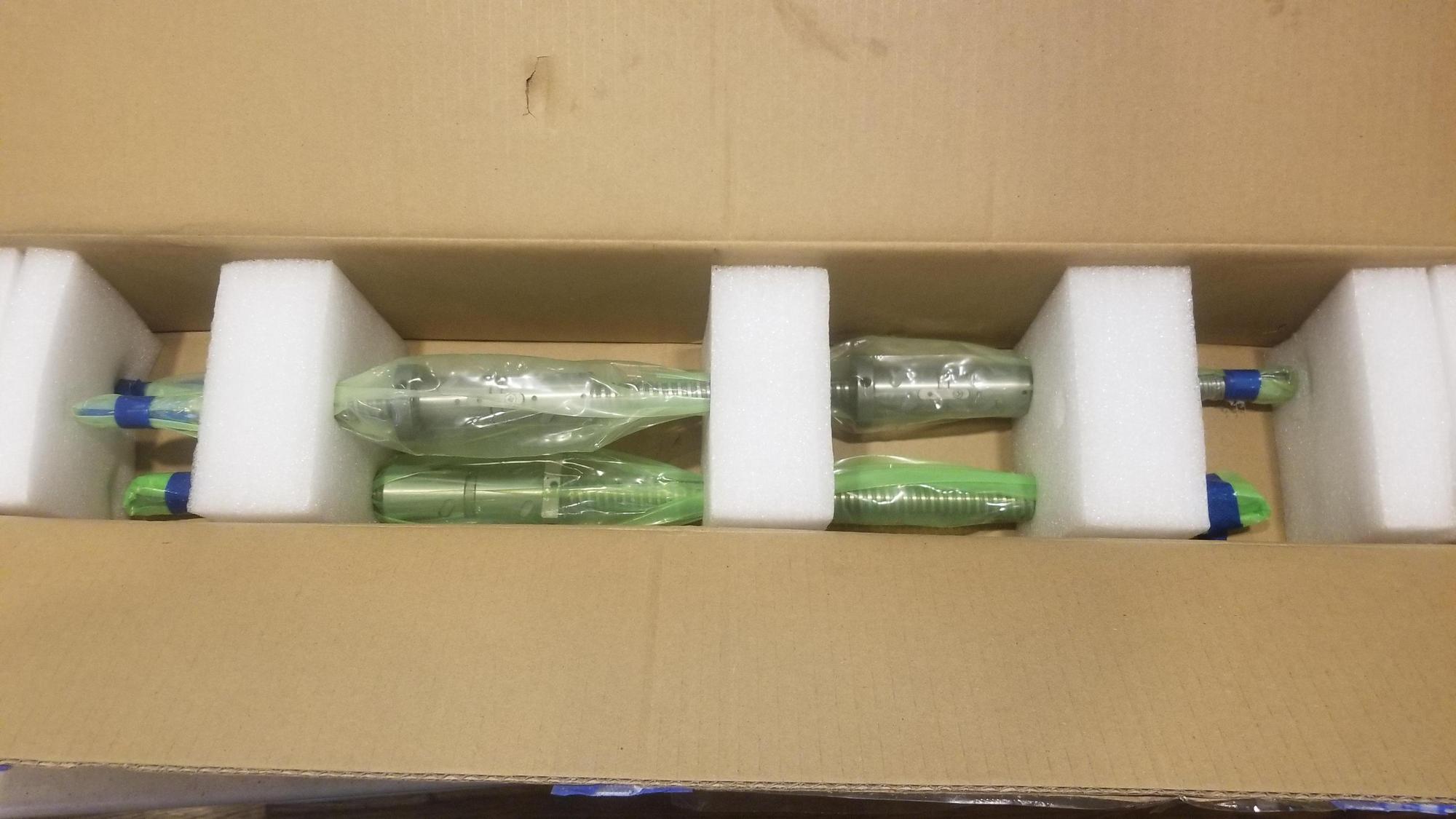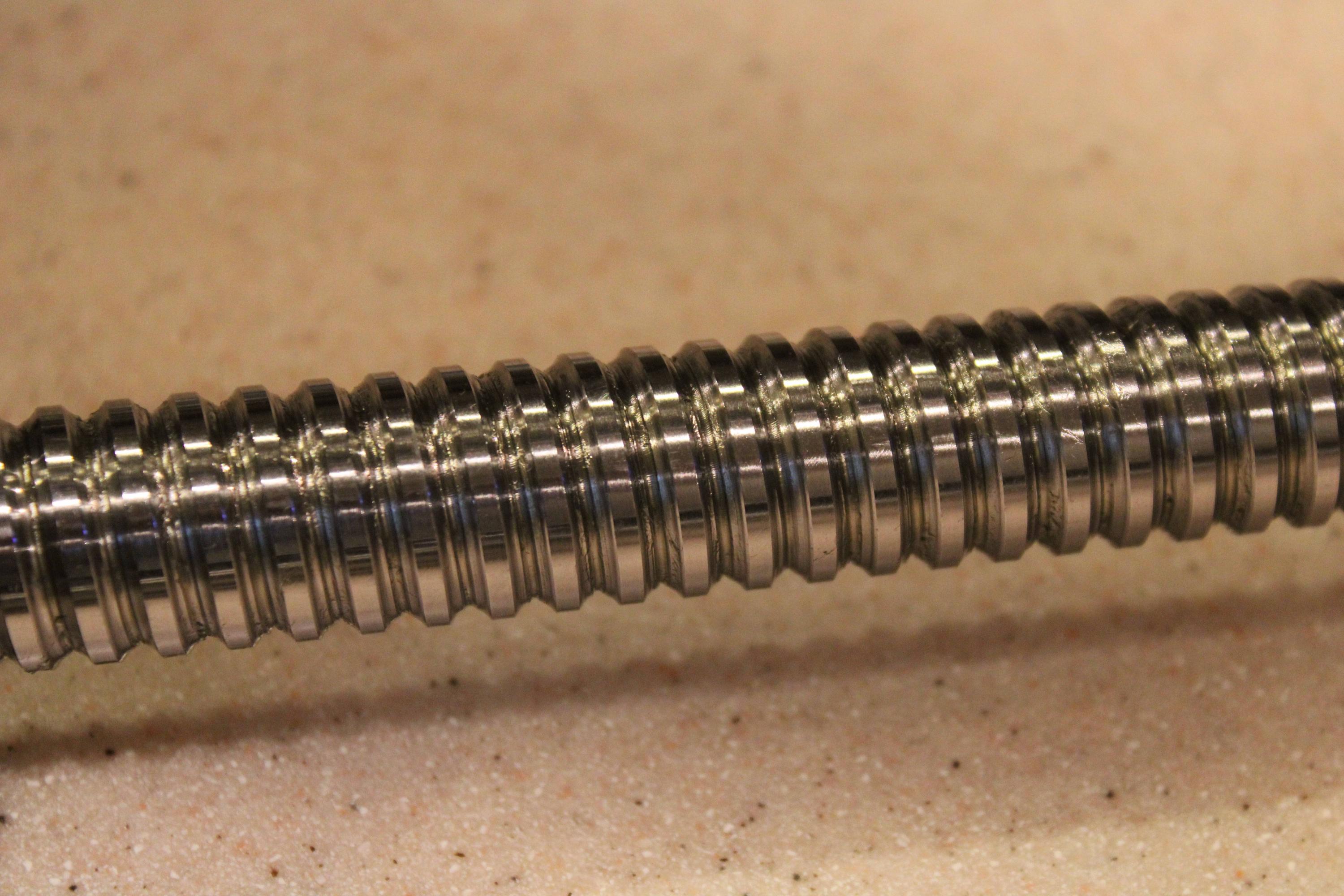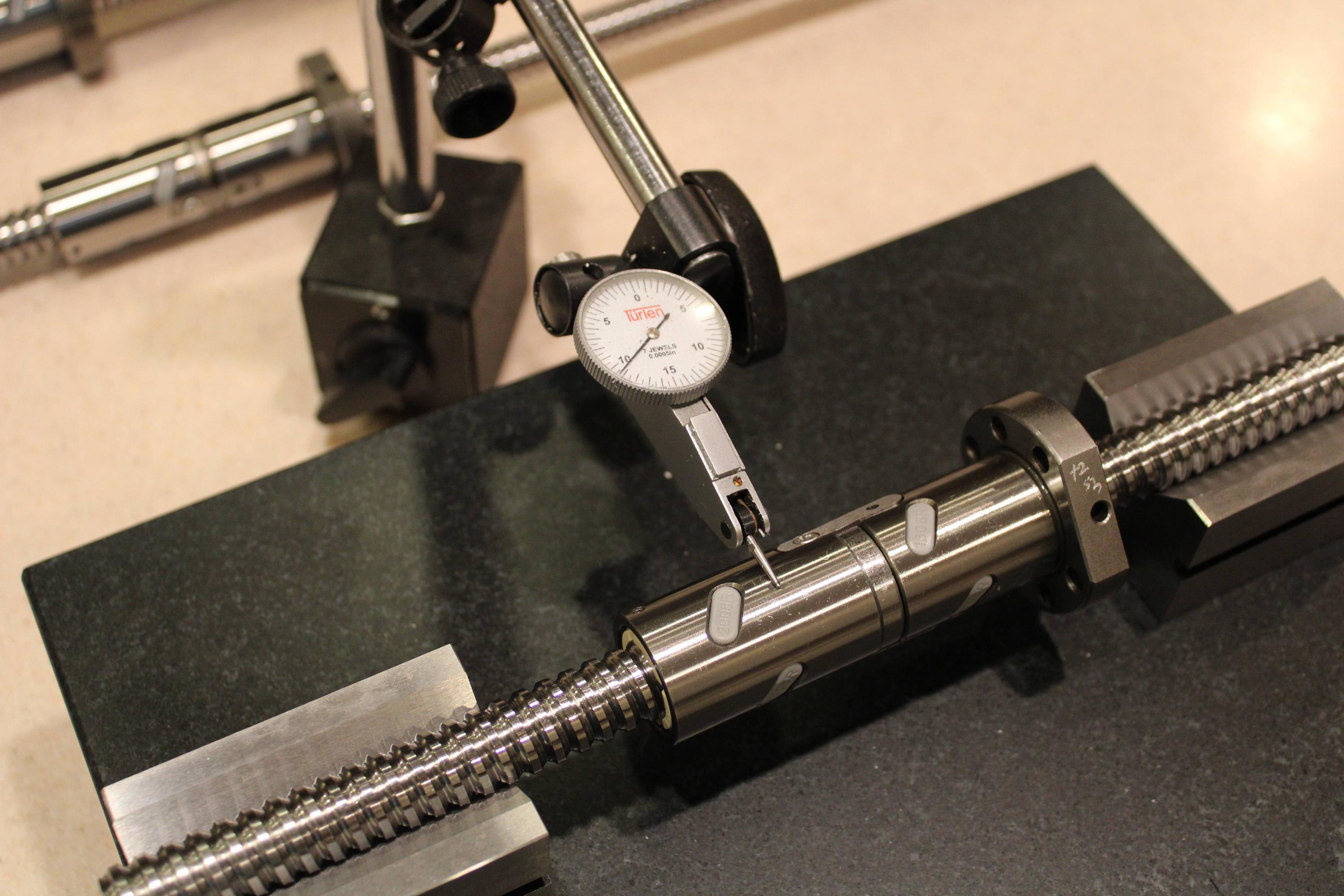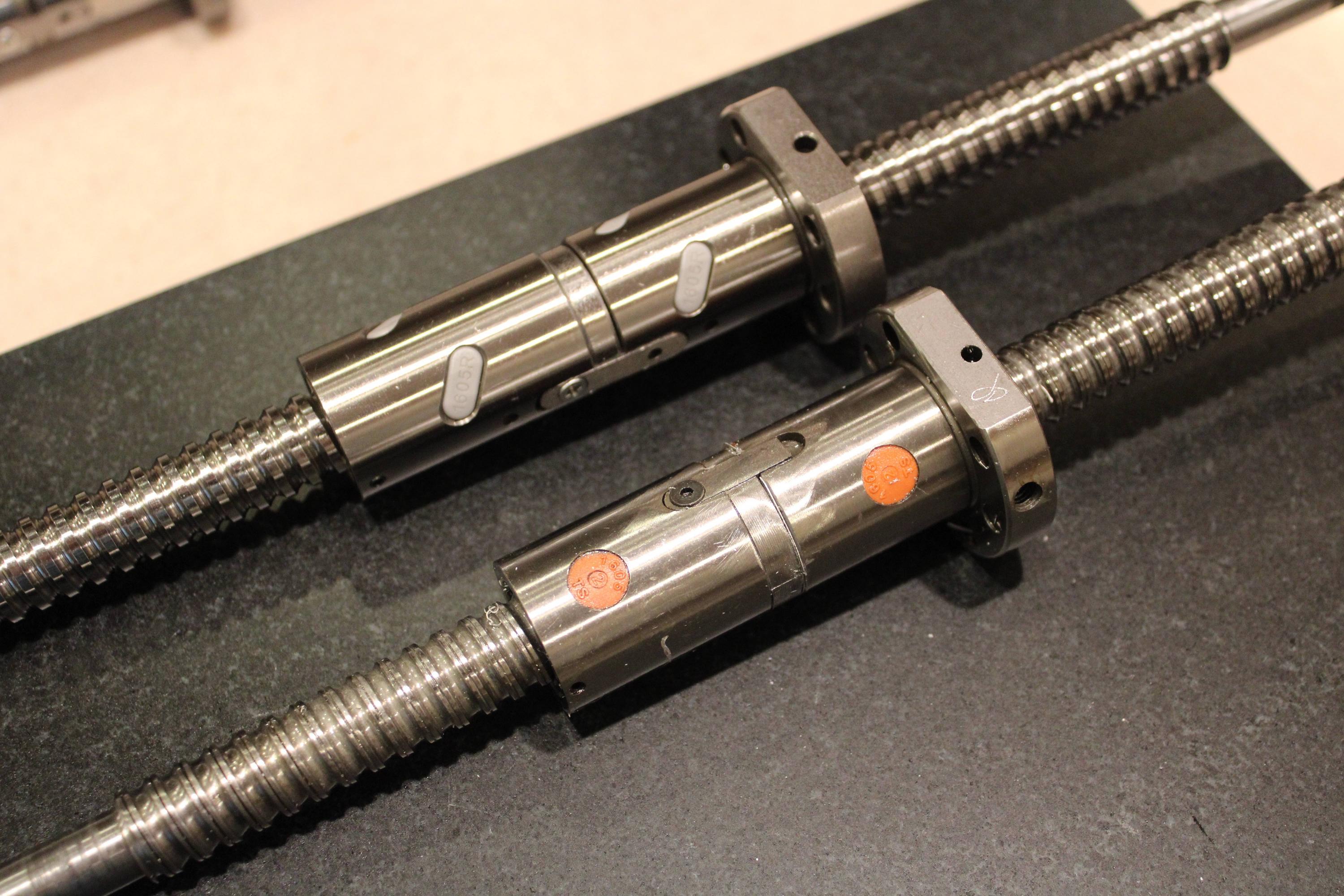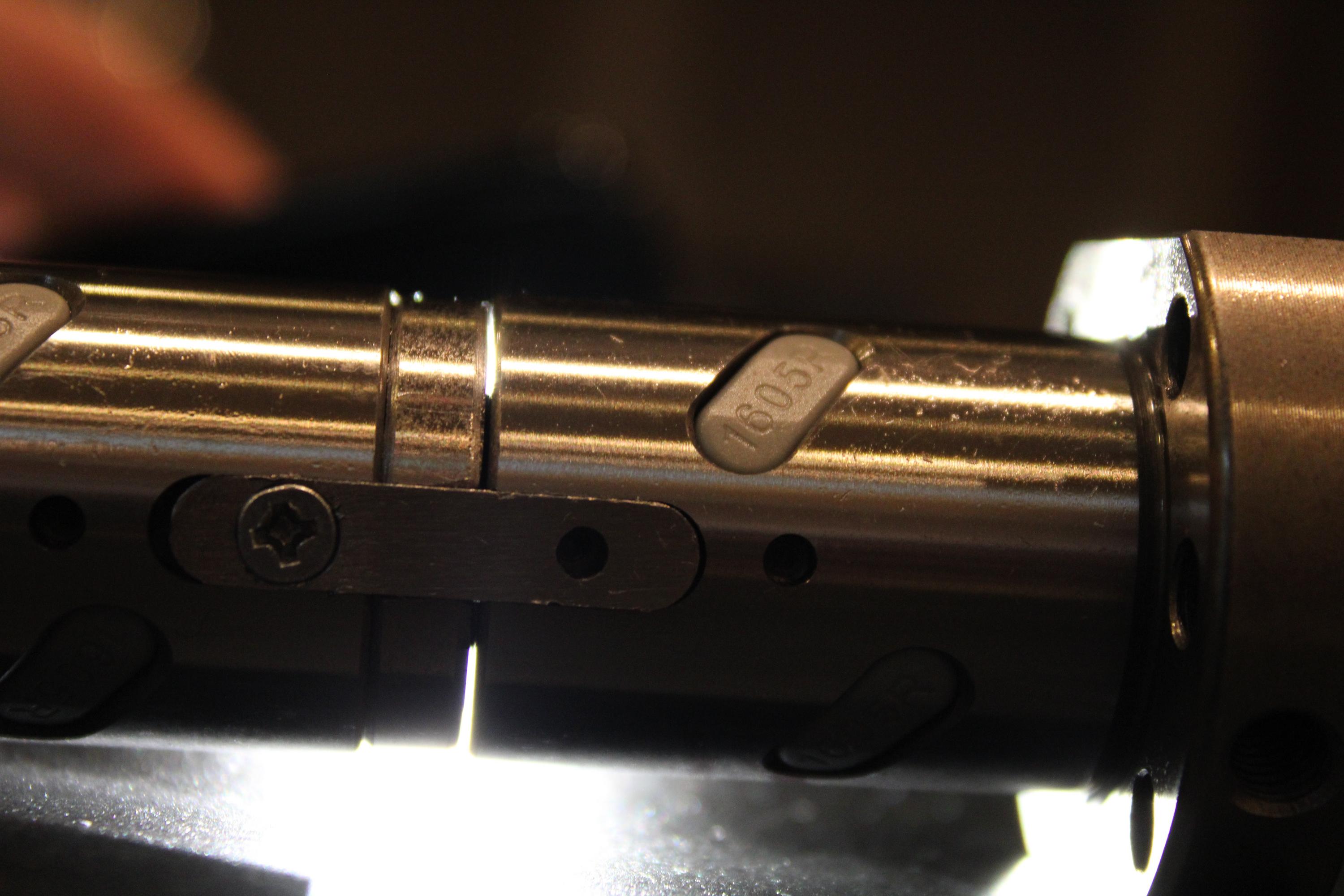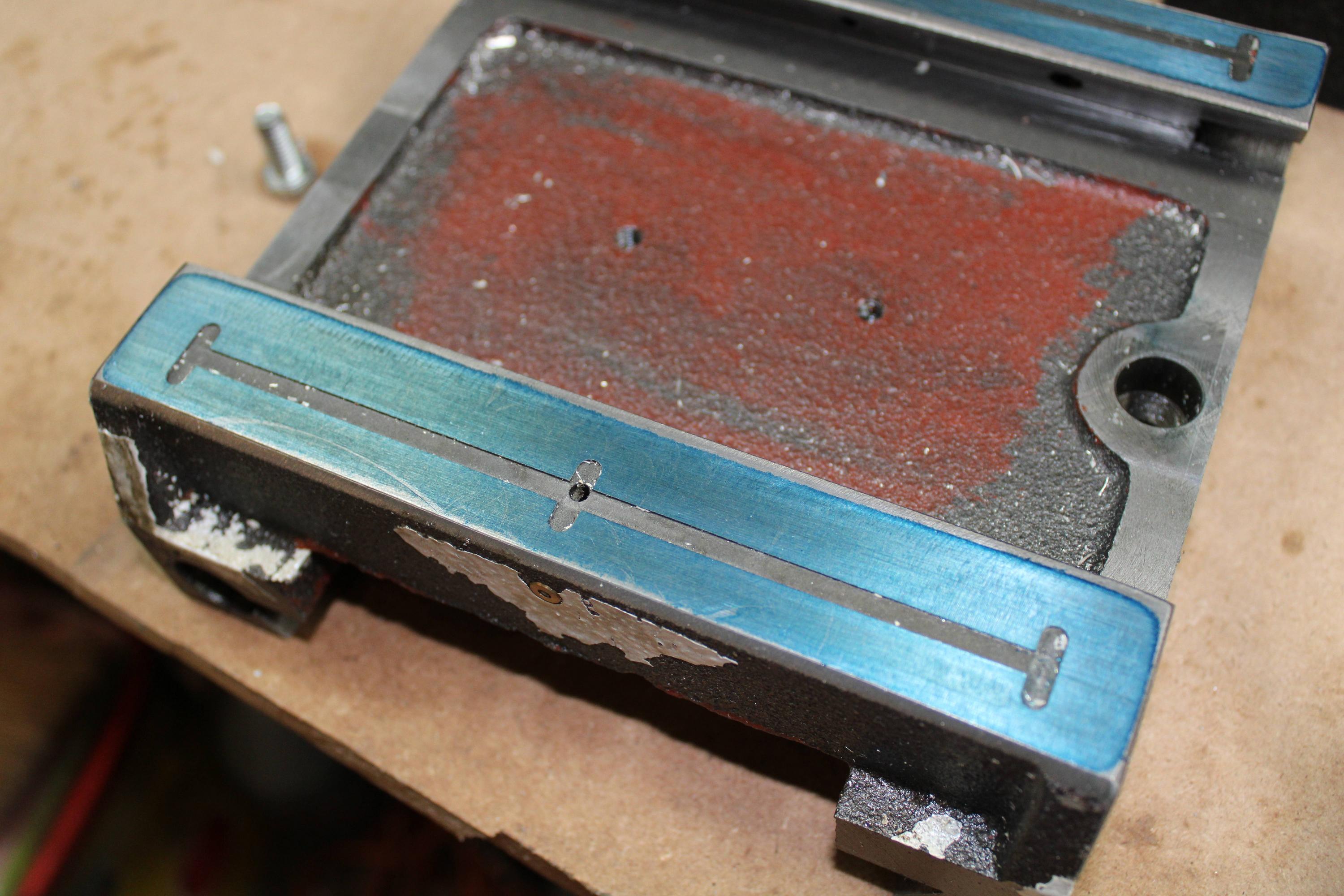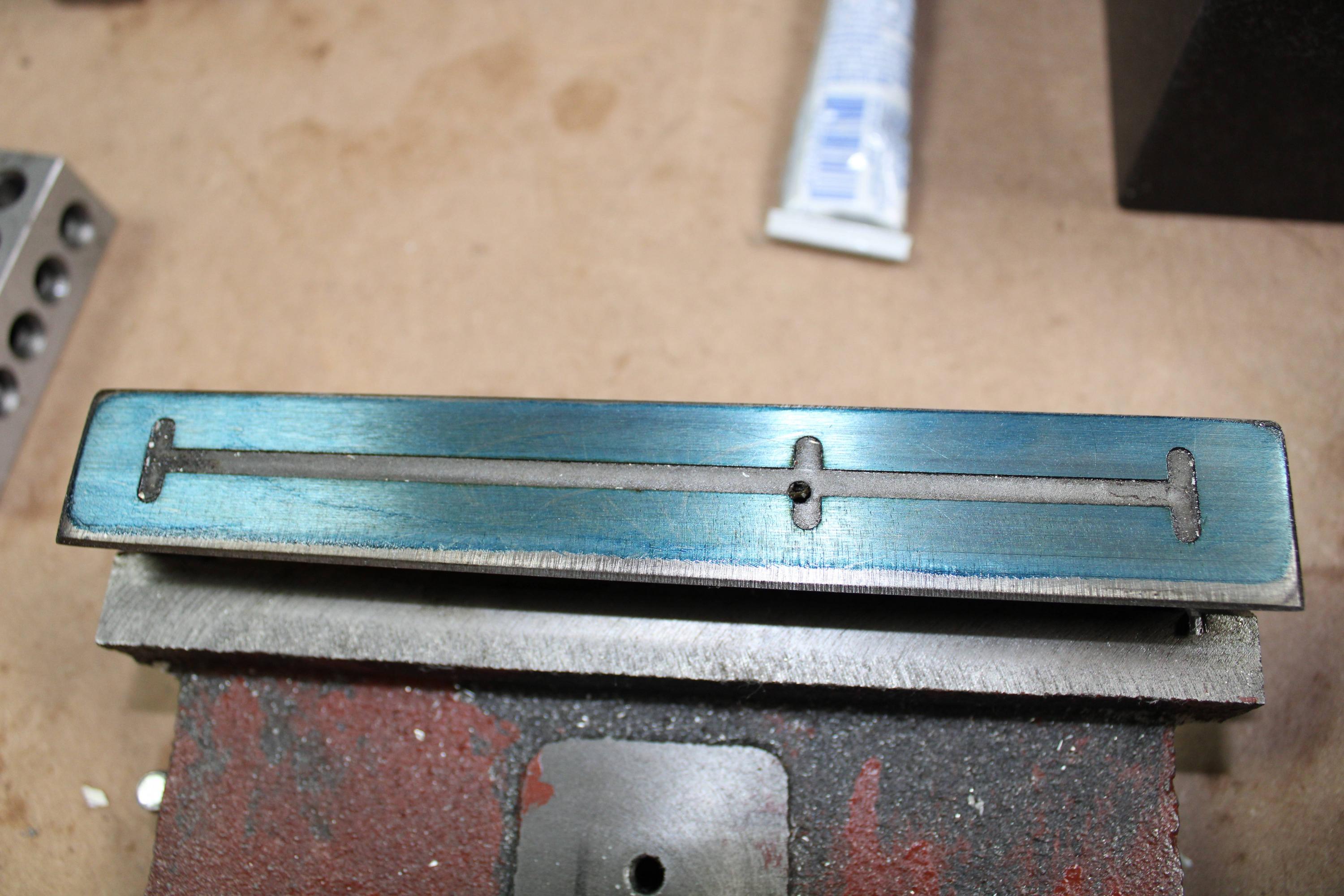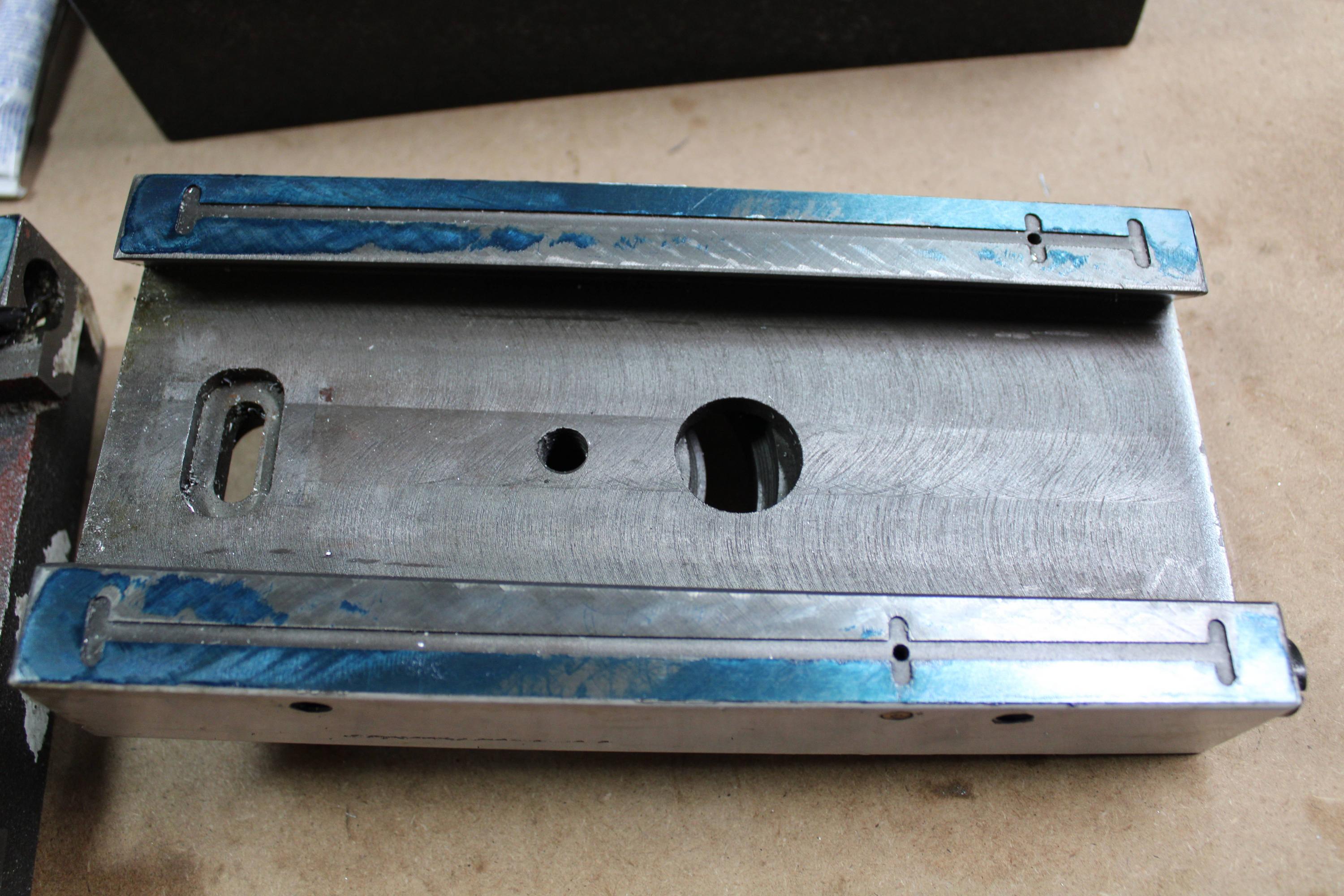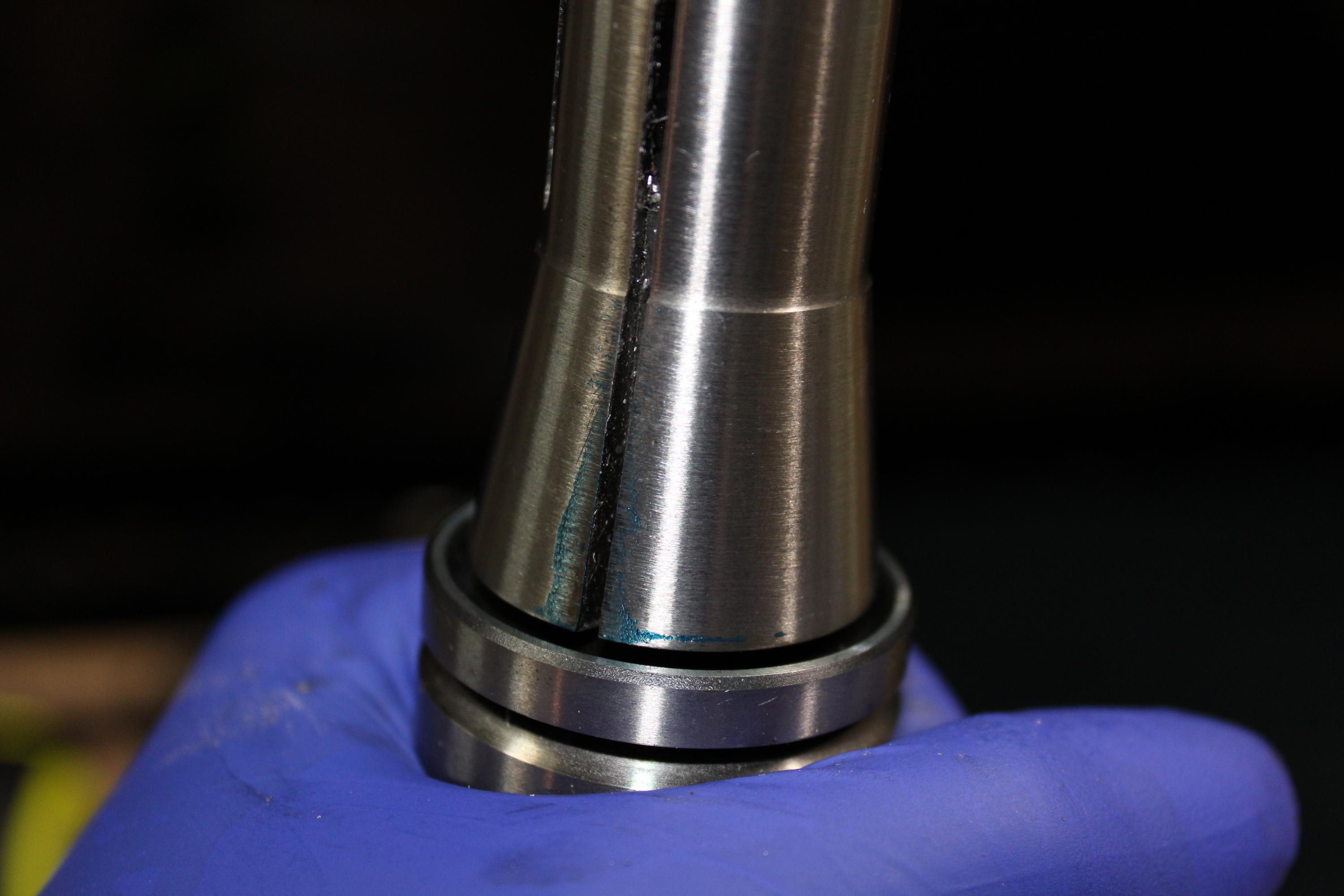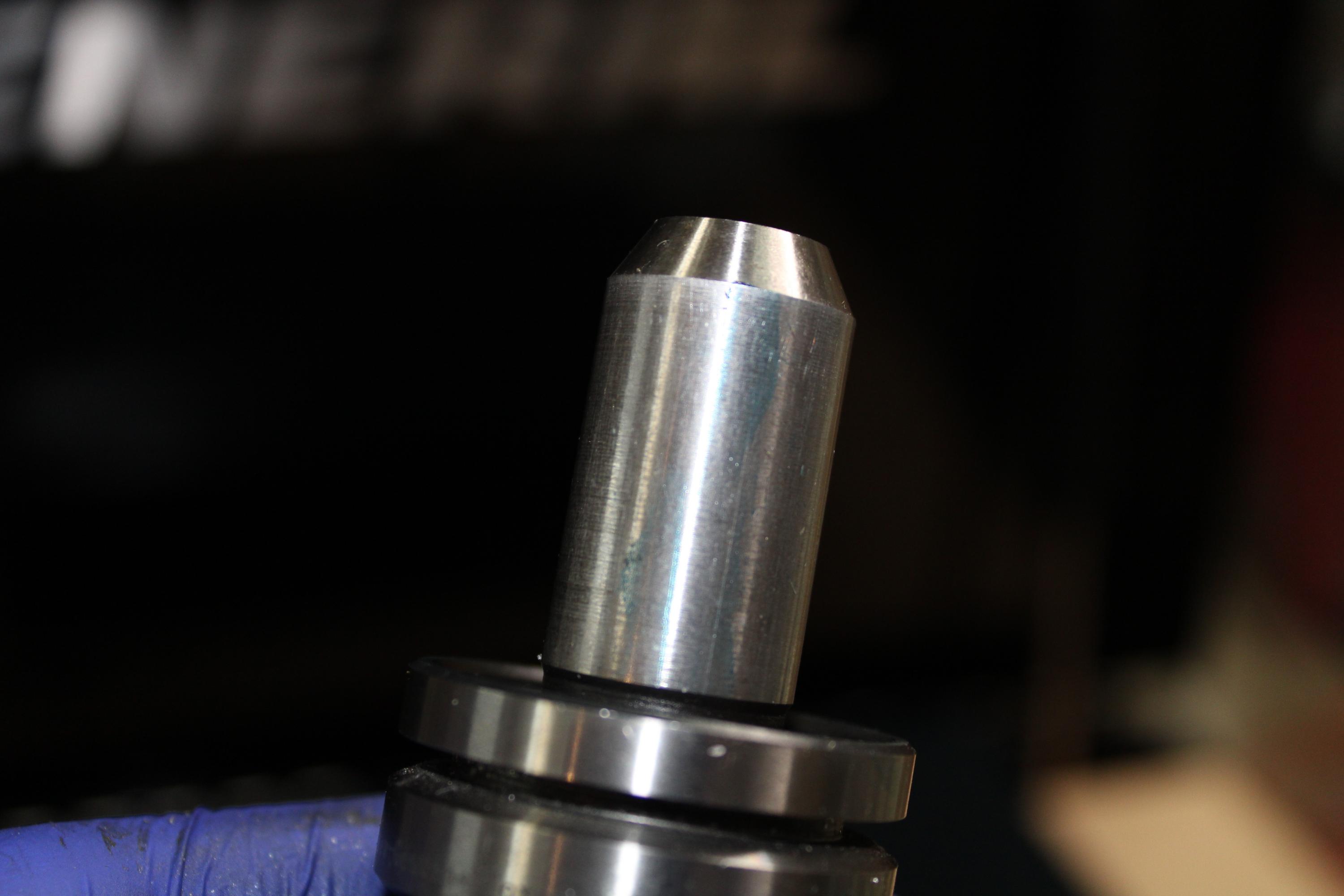- Joined
- Mar 25, 2013
- Messages
- 4,617
It's been a while since college physics but I think your numbers are correct. 9.8 m/s divided by 2.2 Kg/Lb = 4.45. I doubt the disc thickness would be any issue since the forces are well aligned tangentially. I am pretty sure without doing any math that the tangential forces of cutting could exceed 20 lbs and would likely be in the range of 2000 lbs or more! I think milling generates some serious side loads. Am I off base on this? I am not at all sure that air pressure will hold the axis. I love this project!
Robert
Edit: OK maybe 2000 lbs is a stretch. I was trying to say that the force on the work piece can far exceed the infeed force especially if the tool binds in the work. I am sure we have all had work ripped out of a well tightened milling vise!
I realized one astute point you made above. "any wiggle in the brake could lead to chatter in the cut." The bike brakes do have some slop in the axis of rotation. They are not designed to resist rotational forces that alternate like you might see in milling. I think this would be an issue. Your 4th axis brake will need minimal travel to actuate it but a lot of force. Perhaps you could go with more stages and larger pistons? You could also go with small hydraulic piston and then use a converter cylinder with air to achieve any force you want. Basically like power brakes on a car that convert vacuum to hydraulic pressure.
Robert
Robert
Edit: OK maybe 2000 lbs is a stretch. I was trying to say that the force on the work piece can far exceed the infeed force especially if the tool binds in the work. I am sure we have all had work ripped out of a well tightened milling vise!
I realized one astute point you made above. "any wiggle in the brake could lead to chatter in the cut." The bike brakes do have some slop in the axis of rotation. They are not designed to resist rotational forces that alternate like you might see in milling. I think this would be an issue. Your 4th axis brake will need minimal travel to actuate it but a lot of force. Perhaps you could go with more stages and larger pistons? You could also go with small hydraulic piston and then use a converter cylinder with air to achieve any force you want. Basically like power brakes on a car that convert vacuum to hydraulic pressure.
Robert
Last edited:


